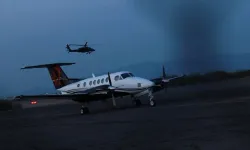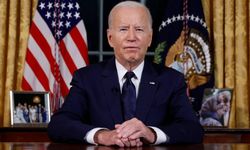According to a written statement from the US National Aeronautics and Space Agency (NASA), astronomers used various telescopes, including the Chandra X-ray Observatory and the Low Frequency Array (LOFAR).
Astronomers observed one of the largest black hole explosions ever recorded billions of years ago in SDSS J1531, a massive galaxy cluster containing hundreds of galaxies within 3.8 billion light-years of Earth.
The astronomers concluded that the explosion was caused by a supermassive black hole at the center of one of the galaxies in the galaxy cluster and found that a huge void was created as a result of the explosion.
Osase Omoruyi of the Harvard-Smithsonian Center for Astrophysics, who led the study, said, "We think our evidence for this massive explosion is strong, but further observations with Chandra and LOFAR will make the case more conclusive."
Omoruyi noted that they hope to learn more about the origin of the cavity they have already detected and to find the cavity that is predicted to have formed on the other side of the black hole.
The research findings were published in The Astrophysical Journal.













